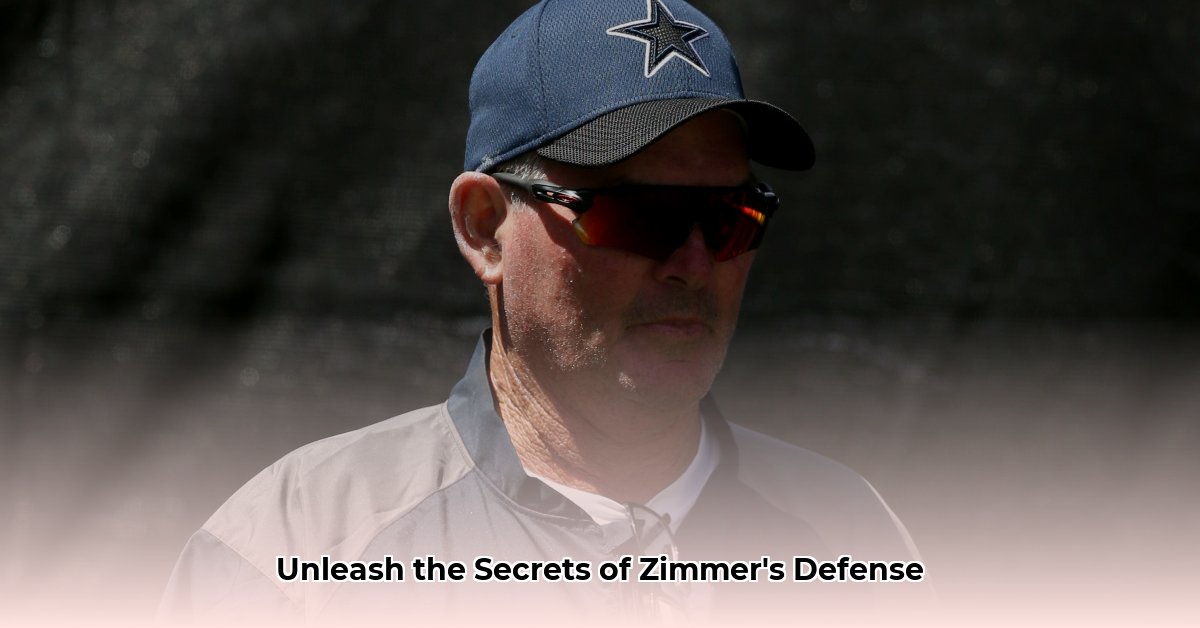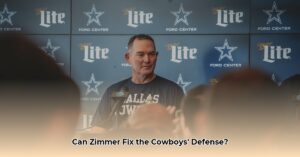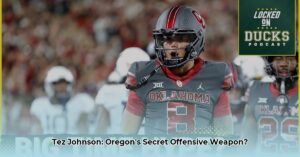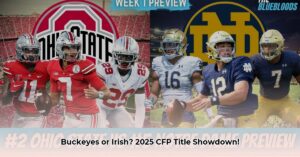The Architect: Mike Zimmer’s Defensive Philosophy
Mike Zimmer, a seasoned NFL coach with a history of crafting dominant defenses, is known for his aggressive, adaptable schemes. Like a chess master, he anticipates offensive moves and counters with carefully orchestrated chaos. His defenses aren’t simply about brute force; they’re built on calculated risks, disguised coverages, and relentless pressure designed to disrupt even the most potent offenses. Zimmer’s philosophy centers on controlling the game by first stifling the run, forcing opponents into predictable passing situations where his intricate coverages and blitz packages can truly shine. While his base 4-3 defense provides a solid foundation, Zimmer frequently employs a 4-2-5 nickel package, particularly against pass-heavy offenses, showcasing his adaptability. This constant evolution and game-specific tailoring is a hallmark of his approach.
Core Principles: The Pillars of Zimmer’s System
Zimmer’s defensive system is built on several interconnected principles that work in concert to create a disruptive force:
- Run Stopping: Everything starts with controlling the line of scrimmage. Zimmer prioritizes a stout run defense, using powerful defensive linemen and instinctive linebackers to clog running lanes and force offenses into passing situations. This sets the stage for his aggressive secondary to take over.
- Disguised Coverages: Zimmer is a master of deception, constantly shifting and rotating his defensive backs pre-snap to confuse the quarterback. Is it man coverage? Zone? Blitz? The offense is left guessing, often leading to hurried throws and mistakes.
- Simulated & Varied Pressures: Zimmer excels at creating pressure from various angles. He frequently uses simulated blitzes, showing pressure but dropping defenders back into coverage, to disrupt offensive protection schemes. His blitz packages are diverse, incorporating corner blitzes, safety blitzes, and his signature Double A-Gap blitz, which we’ll explore later.
- Press-Man Coverage: While adaptable in his coverages, Zimmer favors press-man techniques, where cornerbacks physically engage receivers at the line of scrimmage. This disrupts timing and forces quarterbacks to make quicker decisions. This physicality sets the tone for the entire defense.
- Adaptability: Zimmer’s schemes aren’t static. He constantly adjusts based on his personnel and the opponent’s tendencies. This flexibility allows him to maximize his players’ strengths and exploit weaknesses in opposing offenses. He’s like a chameleon, constantly adapting to the environment.
Formations and Personnel: The Chess Pieces
Zimmer primarily employs two formations: the 4-3 base and the 4-2-5 nickel. The 4-3, with its four down linemen and three linebackers, forms the foundation of his run-stopping philosophy. The 4-2-5 nickel, featuring five defensive backs, adds versatility against spread offenses that are increasingly prevalent in today’s NFL.
- 4-3 Base: Ideal for teams with strong defensive lines and run-stuffing linebackers, this formation emphasizes gap control and disrupting the run game. It’s the bedrock of Zimmer’s approach.
- 4-2-5 Nickel: As passing attacks have become more common, Zimmer has increasingly leaned on this package, which adds an extra defensive back without sacrificing his aggressive style. This formation provides the flexibility to match up against various offensive personnel groupings and defend against spread offenses.
The success of Zimmer’s scheme depends heavily on versatile personnel:
- Defensive Linemen: Need to be strong against the run and able to generate pressure on the passer.
- Linebackers: Must be adept at both tackling and dropping into coverage.
- Defensive Backs: Require the physicality to play press coverage and the versatility to play different roles, from deep safety to blitzing off the edge.
Key Strategies: The X’s and O’s
- The Double A-Gap Blitz: This signature blitz is designed to create confusion and overload the interior of the offensive line. Two linebackers line up in the A-gaps (between the center and guards), often accompanied by additional rushers from the edge or the secondary. This blitz forces the quarterback to make quick decisions under pressure.
- Simulated Pressures: Zimmer excels at showing blitz pre-snap but only sending four rushers, dropping the remaining defenders into coverage. This can disrupt offensive line protections and lead to coverage sacks or hurried throws.
- Disguised Coverages: By constantly shifting and rotating his defensive backs pre-snap, Zimmer keeps the quarterback guessing. This uncertainty can lead to poor decisions and turnovers.
Strengths and Weaknesses: A Calculated Gamble
Zimmer’s aggressive system has both advantages and drawbacks:
Strengths:
- Creates Turnovers: The pressure and disguised coverages often force quarterbacks into mistakes, leading to interceptions and fumbles.
- Disrupts Offensive Rhythm: The constant pressure and tight coverage can disrupt the timing and flow of even the most sophisticated offenses.
- Strong Against the Run: The emphasis on stopping the run forces teams into one-dimensional play, playing into Zimmer’s hands.
Weaknesses:
- Vulnerable to Big Plays: If the disguise is blown or a player misses an assignment, aggressive schemes can leave the defense vulnerable to explosive plays.
- Can Be Exploited by Elite Quarterbacks: Quarterbacks who are adept at reading defenses and making quick decisions can sometimes exploit the aggressiveness of Zimmer’s system.
- Requires Highly Disciplined Players: The complexity of Zimmer’s scheme requires players who are disciplined, intelligent, and capable of executing their assignments with precision.
Evolution and Adaptation: Staying Ahead of the Curve
Throughout his career, Zimmer has constantly adapted his scheme to fit the evolving NFL landscape. He has incorporated more zone coverages to counter the prevalence of spread offenses and has adjusted his blitz packages to stay a step ahead of opposing quarterbacks. His time with the Dallas Cowboys (2023) provided a recent example of how he continues to tweak and refine his approach. While the results in Dallas may have been mixed, with some analysts suggesting the personnel may have been better suited to a different scheme, this is part of the intrigue of a coach always willing to experiment and change. Even as offensive strategies evolve, Zimmer’s core principles of pressure, disguise, and adaptability likely remain relevant and adaptable components of modern NFL defenses.
Case Studies: Examining the Evidence
A deeper examination of specific games and seasons under Zimmer’s leadership would reveal further insights into the intricacies of his scheme. Analyzing both successful and unsuccessful implementations against different offensive styles can illustrate the strengths and vulnerabilities of his system in practice. Further research into individual player performance within the Zimmer scheme could shed light on the specific skill sets that thrive within his system and the potential limitations for certain player types. This nuanced analysis could reveal how different offensive coordinators have game-planned against Zimmer’s defenses and how he has adjusted his strategies in response, offering a more dynamic understanding of his coaching philosophy and its impact.
Conclusion: A Lasting Legacy
Mike Zimmer’s defensive schemes have undoubtedly left a mark on the NFL. His emphasis on pressure, disguise, and adaptability has influenced a generation of coaches and players. While the long-term impact of his system remains a subject of ongoing debate among football analysts, his core principles are likely to continue influencing defensive strategies for years to come. The question remains: will he return to coaching? And if so, how will his ever-evolving defensive mind adapt to the ceaseless changes of the NFL?







